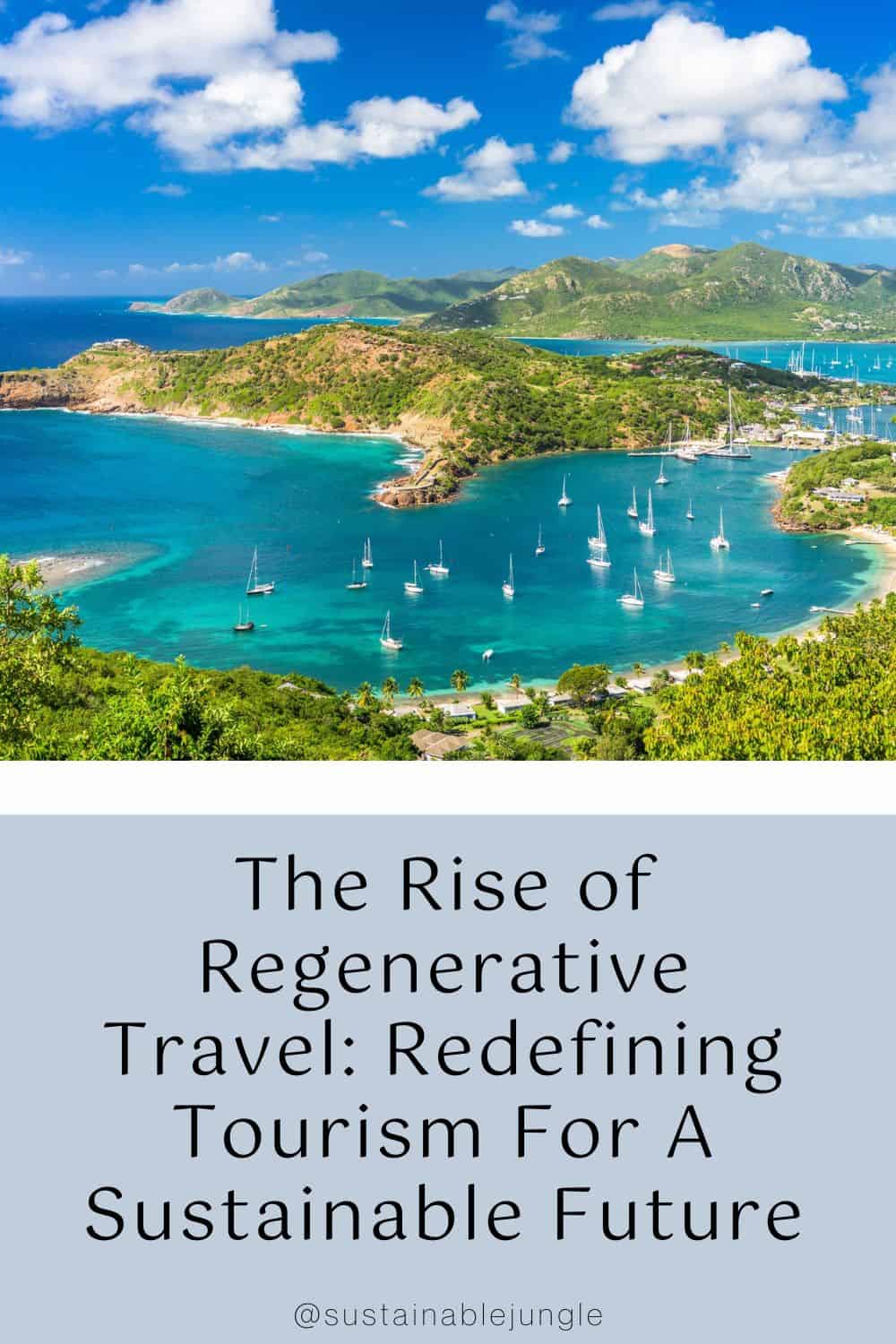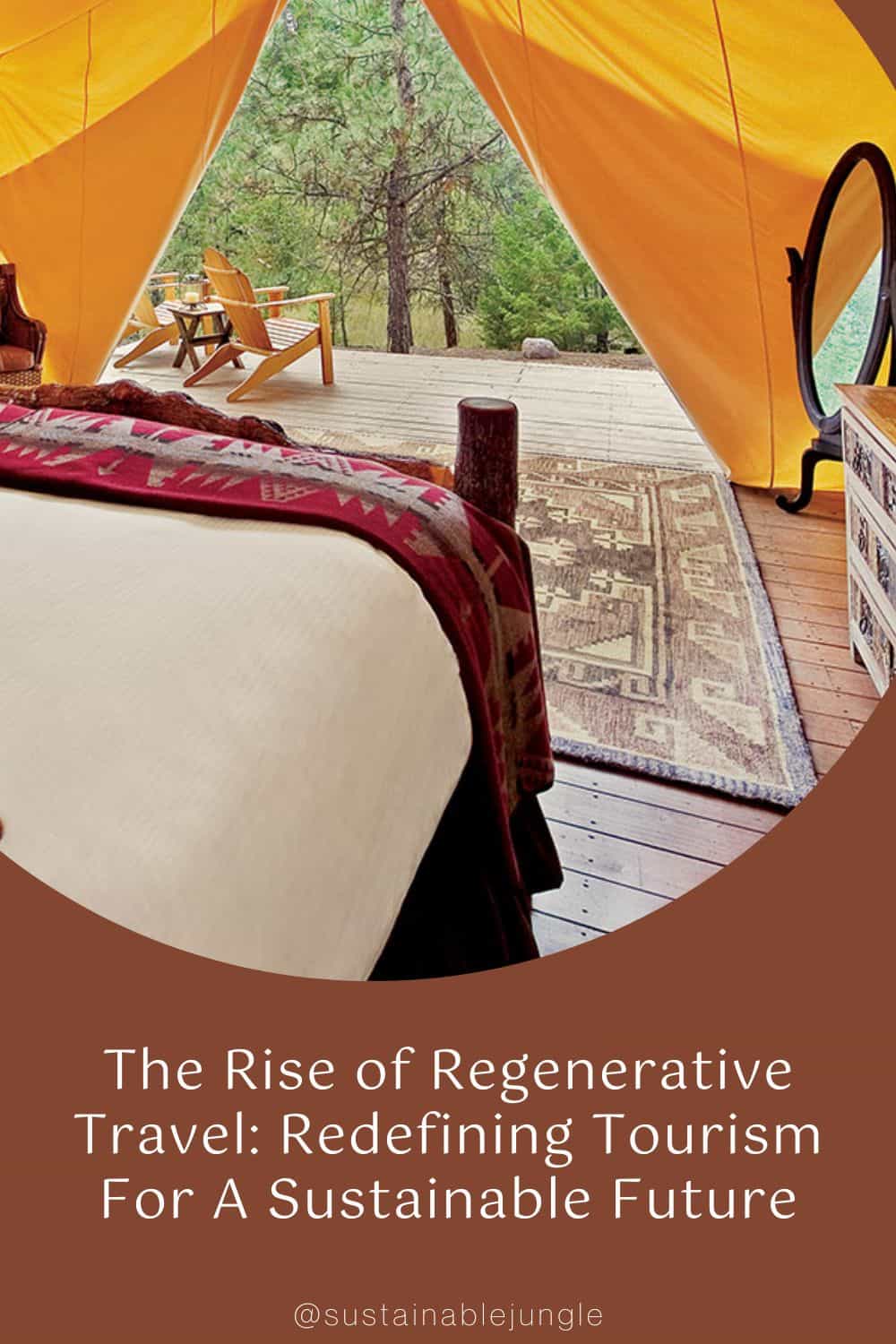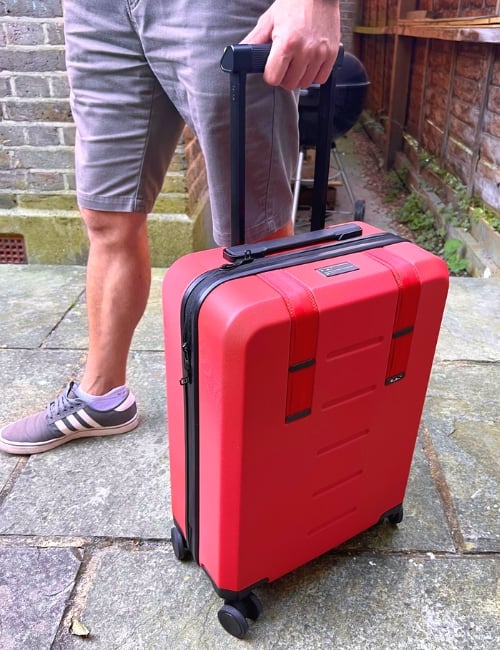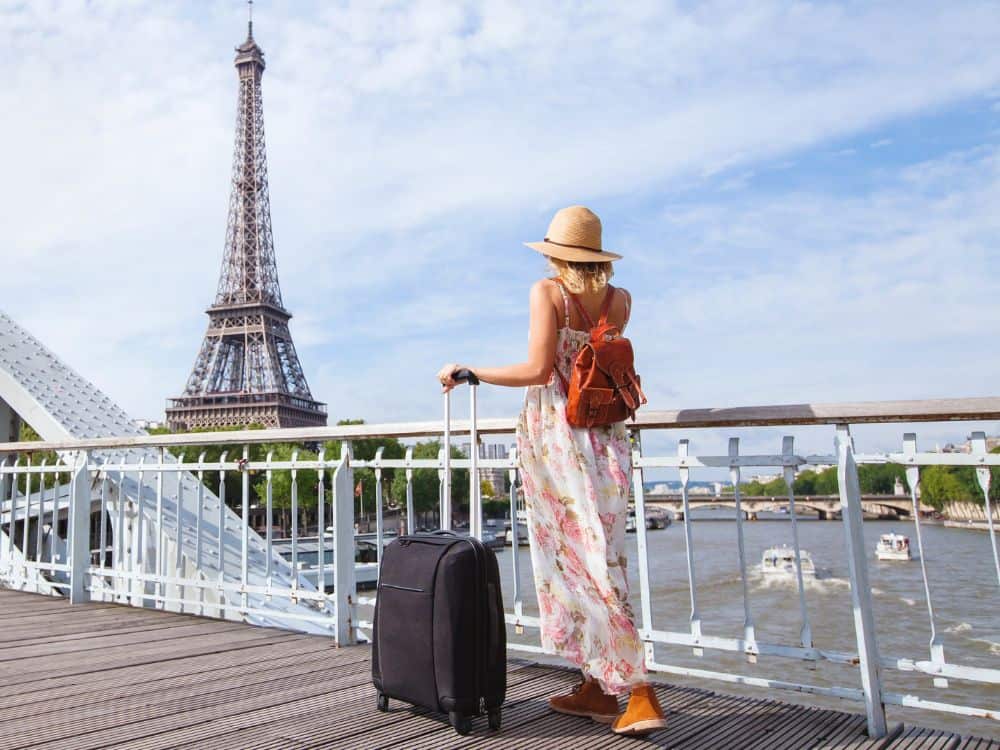
The Rise of Regenerative Travel: Redefining Tourism For A Sustainable Future
When all our trips were halted in 2020, the New York Times heralded an incoming new phase of sustainable tourism: regenerative travel.
Flash forward three years later, and conscious travel is on the move. Regenerative travel is now more than a buzzword or trending millennial fad.
But what is regenerative travel? Is it even possible for travel to be less harmful, let alone actually beneficial?
Over the last few decades, tourism didn’t earn the best reputation.
Interference with nature led to habitat loss, degradation of resources, wildlife exploitation, soil erosion, and global CO2 emissions—10% of all global GHGs, to be exact.
Beyond that, we came to see the dangers of commodification of culture through tourism, where traditional artifacts and cultural traditions are sold for profit for a local economy.
But it’s not all bad. After all, 10% of the world’s workforce is employed by tourism and it remains one of the best ways to transfer wealth, protect ecosystems, and benefit communities if done consciously.
Becoming a regenerative traveler helps us to further embrace regenerative living—and to have daily interaction with the world through this belief system.
As the travel sector continues to get back on its feet, the momentum for regenerative tourism is paramount.
So what is the concept of regenerative tourism?
1. What Is Regenerative Travel?
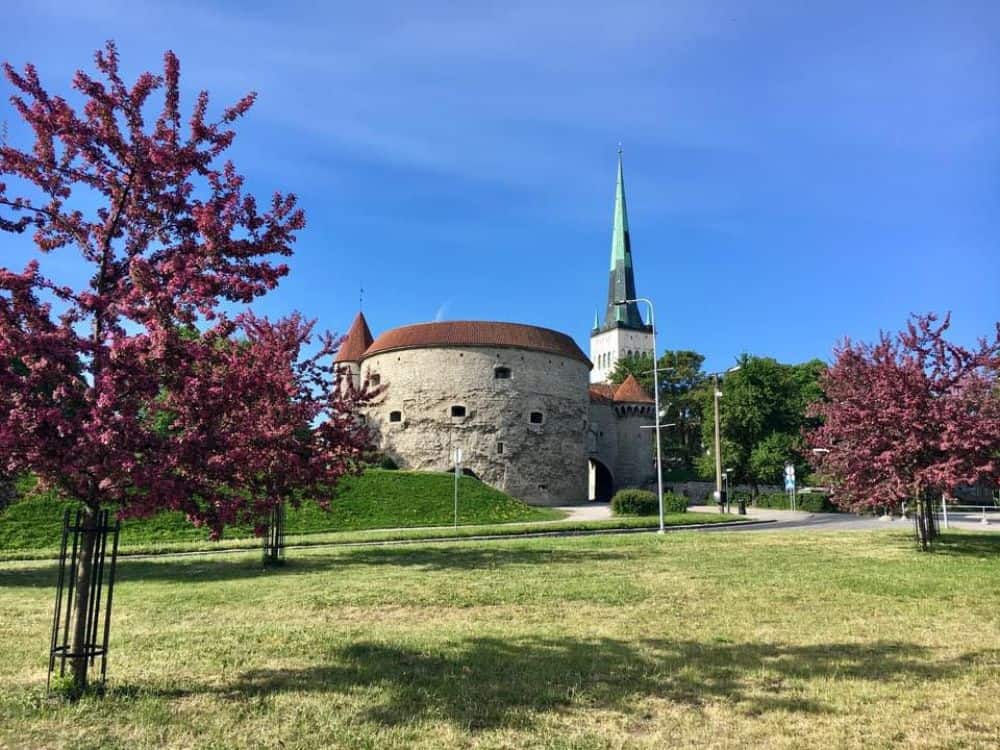
Whether it goes by the name regenerative travel, restorative travel, or regenerative tourism, the concept is rooted in the concepts of regenerative development and design (such as the LEED standards) and regenerative agriculture, which aims to restore soils and sequester carbon.
It marries these with important human standards like livelihood and community identity.
To sum it up in a succinct regenerative tourism definition:
A sustainable approach to tourism that aims to restore, replenish, and enhance the natural, cultural, and social environments of a destination. It goes beyond minimizing negative impacts and focuses on actively creating positive contributions to local ecosystems, communities, and economies.
One company helping to expand the ethos is Estonia-based regenerative travel company Mon Mon Travel, founded by Moonika Apart.
According to Moonika, “The regenerative travel meaning is taking it one step further from just being sustainable. When sustainable travel is leaving a lighter footprint, then regenerative travel essentially is leaving a better footprint.”
In other words, we want to leave a place we travel to better than the way we found it. And that means: no overtourism, greener tourism, and more aware tourism.
Moonika adds, “It’s a mindful travel that gives back, leaving destinations better and brighter for future visitors.”
Regeneration focuses on restoration of ecosystems and local communities in an ongoing capacity, with a symbiotic relationship established between locals and travel industry to create a net positive impact, reverse climate change, respect wildlife, benefit community, allow resources to thrive, and to ensure a happy future for residents and their neighboring ecosystems alike.
It also does this through the concept of a zero waste or circular economy, which designs waste out of the system, by keeping materials in use through repair, reuse, and upcycling, and regenerates natural systems.
While it may sound similar to sustainable tourism, there are important developments and differences that make regenerative tourism examples worth exploring.
2. What’s The Difference Between Sustainable Travel & Regenerative Travel?
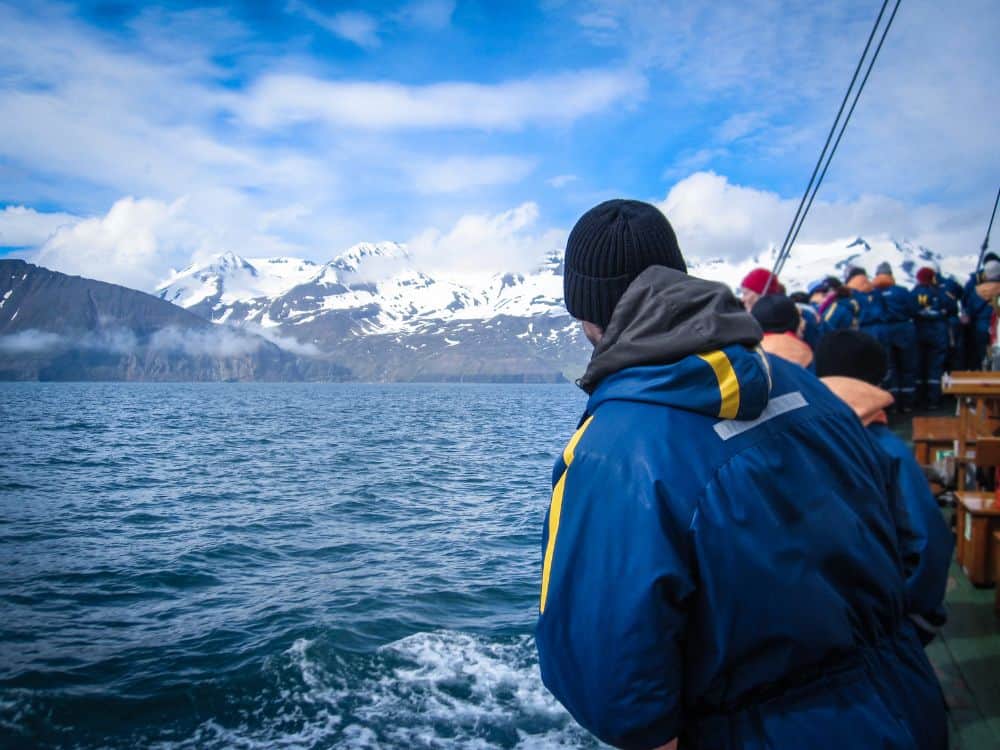
Let’s not kid ourselves, treading lightly and following sustainable travel tips are still important. They aim to counterbalance the environmental and social aspects of tourism and care to not make a mess of the place.
But along with creating less harm, tourism must create more benefits by improving—not merely protecting—the communities and environments we visit.
Saying we simply should maintain a place at its bare minimum, or that we should travel less as a solution is not realistic, given that so many destinations rely on tourism as their lifeblood.
This has never been more obvious than the catastrophic fallout while travel was halted in 2020-2021 for many places worldwide.
Instead, individuals can support conscious businesses that make a positive effect through community initiatives and ecology-focused solutions that sequester carbon and foster local community-based development.
Says Moonika, “Going forward, it’s important to think about what we can all do to leave a lighter footprint and pave the way for reconnection with local communities and thus contribute to the long-term recovery of tourism.”
The fundamental difference of regenerative traveling from sustainable traveling, then, is the triad of its core values extending beyond maintenance:
- environmental regeneration
- community empowerment
- cultural enrichment
Regenerative globetrotting differs from sustainable kinds because it gives more than it takes.
It positively challenges visitors to add value to the place, help improve the environment, and increase the destination’s quality of life.
It takes the eco-philosophy of sustainability that says “tread lightly” and expands it to “leave a better footprint”.
3. What Are The Characteristics Of Regenerative Tourism?
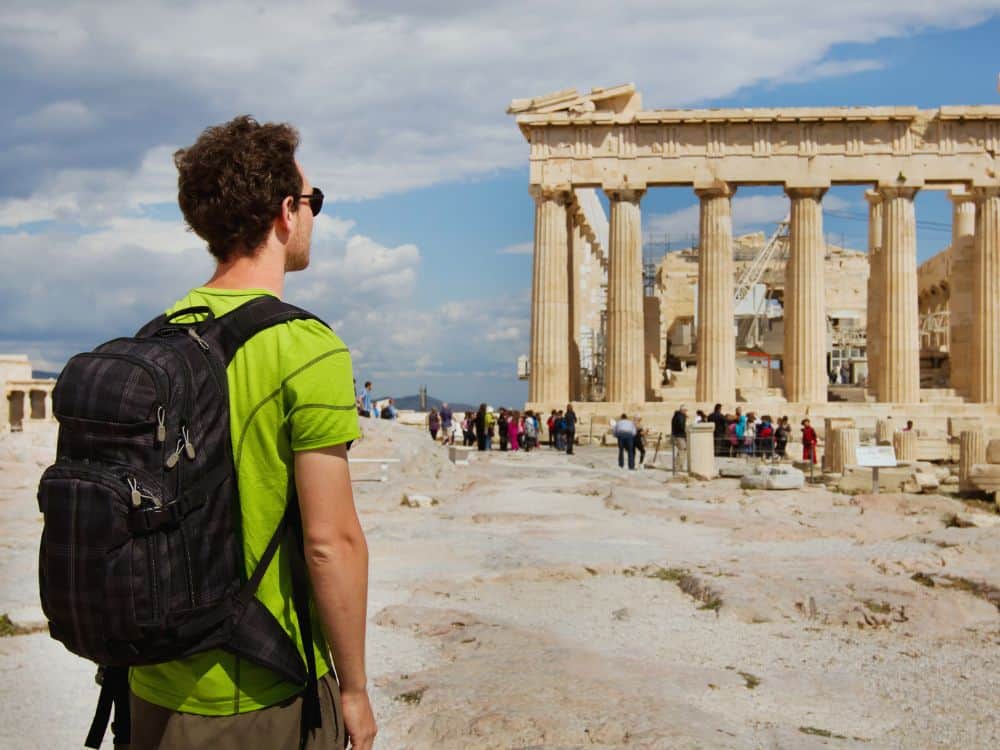
At the heart of regenerative tourism is positively transformative social and environmental impact that can ameliorate local structures. Tourism has to add value, improve the environment, and increase quality of life to the destination to be regenerative.
This means not finding a hotel that simply sustains the environment, but one that improves it.
The main characteristics of regenerative tourism include carbon-negative initiatives, wildlife conservation, and collaboration with the local community to do good.
No longer is it about preserving our current resources. We want to enable them to thrive. All of us in the travel ecosystem – governments, businesses, and travelers alike – have to ensure travel feeds back into the system to be intentional, proactive, and a force for good.
The greatest positive effect will come from its collective application to give back to our planet while empowering our people.
None of this has to come at the expense of business success.
While traditional travel has its roots in colonial notions of extraction, exploitation, and consumption, this new model is based on our level of consciousness to bring benefits to destinations, their wildlife, and locals.
It functions by giving the environment and local peoples the same importance as money: the triple bottom line principle of people, planet and profit.
Regenerative Principles For Travelers:
- Helps to conserve and restore ecosystems and natural resources
- Benefits local communities (generating sustainable livelihoods and income opportunities)
- Helps to protect and celebrate unique cultural identities and traditions of a destination (supporting traditional arts, crafts, and practices)
- Visiting offseason helps with year round employment and income
- Visits are educational so you would also learn about the destination’s ecological and cultural significance while there
4. Regenerative Travel Examples
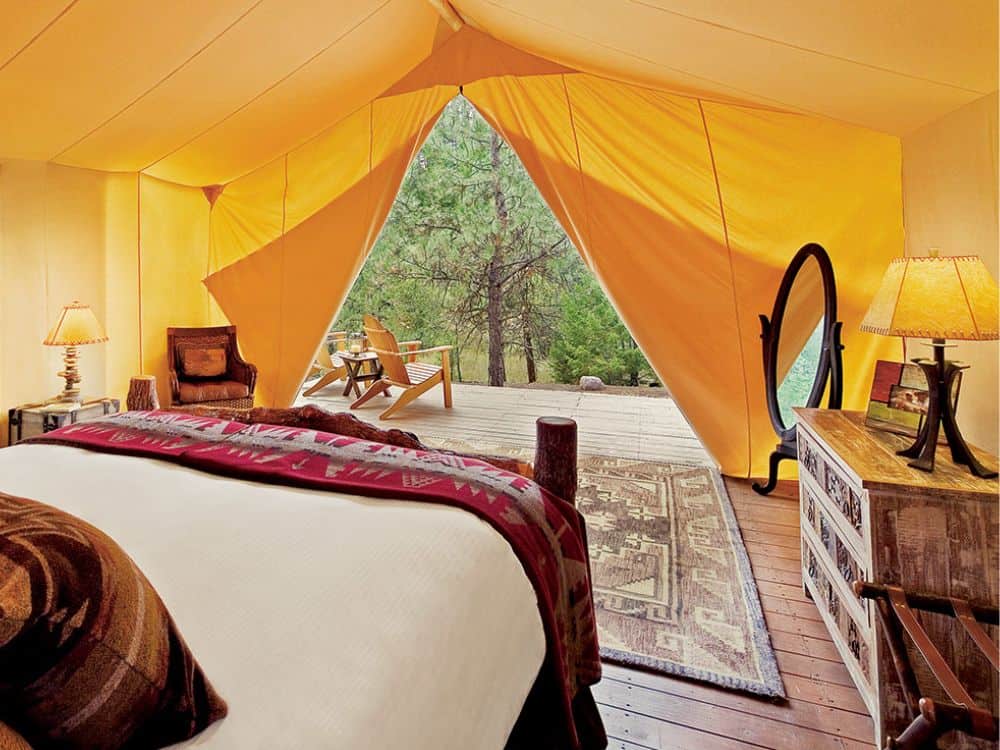
Here are some interesting examples of regenerative tourism companies, regenerative resorts, host communities, and tourism management.
Regenerative Travel:
RT is the first “value-led online travel agency”, founded by passionate regenerative tourism advocate Amanda Ho.
They offer fifty plus different luxury hotels and resorts on their roster providing regenerative traveling experiences using these standards and criteria:
- Independent hotels
- Honor sense of place
- Provide authentic hospitality
- Inclusive / egalitarian
- Operate responsibly / ethically
- Respect local and global ecosystems
- Communicate regenerative values and practices
All members commit to data collection, sharing of best practices, and benchmarking tools through a streamlined technology solution (using third-party data collection tool Greenview) with analytics and reporting.
Mon Mon Travel:
A regenerative tour company for Baltic Scandinavia whose philosophy is to exclusively partner with small, locally owned suppliers.
To ensure real economic benefits for locals, it’s not about the lowest possible price for customers, but about creating a positive effect with an enriching and authentic travel experience.
Using animals in tourism is another big issue (especially in Lapland) and Mon Mon does extensive research to make sure the farms are sustainable and animals are treated well.
They’re also helping with deforestation via a local clean-tech startup. For each Mon Mon traveler, a tree is planted.
Fogo Island Inn, Newfoundland, Canada:
A pioneer of regenerative tourism examples in accommodation, Newfoundland’s Fogo Island Inn offers real, holistic immersion for travelers into cultural preservation and community development in a striking natural landscape.
From the moment tourists arrive, they are embraced by the rugged, remote community, who are involved through the Community Hosting team who guide and advise on excursions.
Fogo Island Inn is entirely owned by a charity called Shorefast who secure a resilient culture and economy for future generations, with 100% of profits being reinvested. There is zero private gain.
Through the building and operations, the Inn surpasses environmental standards and is ranked the third best hotel in the world by Travel + Leisure.
Basata, South Sinai, Egypt:
A stand-out low impact, regenerative resort embodying responsible tourism is Basata Eco-Lodge in South Sinai, Egypt.
Basata means “simplicity” in Arabic, and it’s the physical manifestation of co-founder Sherif El-Ghamrawy’s deep connection with the spirit of nature.
The resort serves as a direct response to nearby mass development and chain hotels destroying the Red Sea, instead focusing on local community, eco-building, and environmental preservation.
Examples of Basata’s stewardship and regenerative practices include:
- Guest huts are eco-friendly and build of local mud, straw, clay
- Sea water is used for flushing toilets
- Desalinated water is used for showers and sinks, which then gets reused around property for gardens
- No boating, diving, fishing allowed to preserve local coral reefs… only locally guided snorkeling tours
- Serves needs of locals and employs many local Bedouins
- Has a school, mosque, farm, greenhouse
- Has NGO called Hemaya that collects and sorts waste with recycling sent to Cairo
New Zealand:
An example of a government taking initiative to expand regenerative tourism., NZ’s national tourism organization aims for success measures at the well-being of the country, and considers nature, human health and community identities.
NZ invites all visitors who arrive to take the Tiaki promise to care for New Zealand—the people, culture, land, sea, and nature.
This is a huge shift in values at the governmental level, which we hope to see trickle down.
5. Challenges To The Future Of Regenerative Traveling
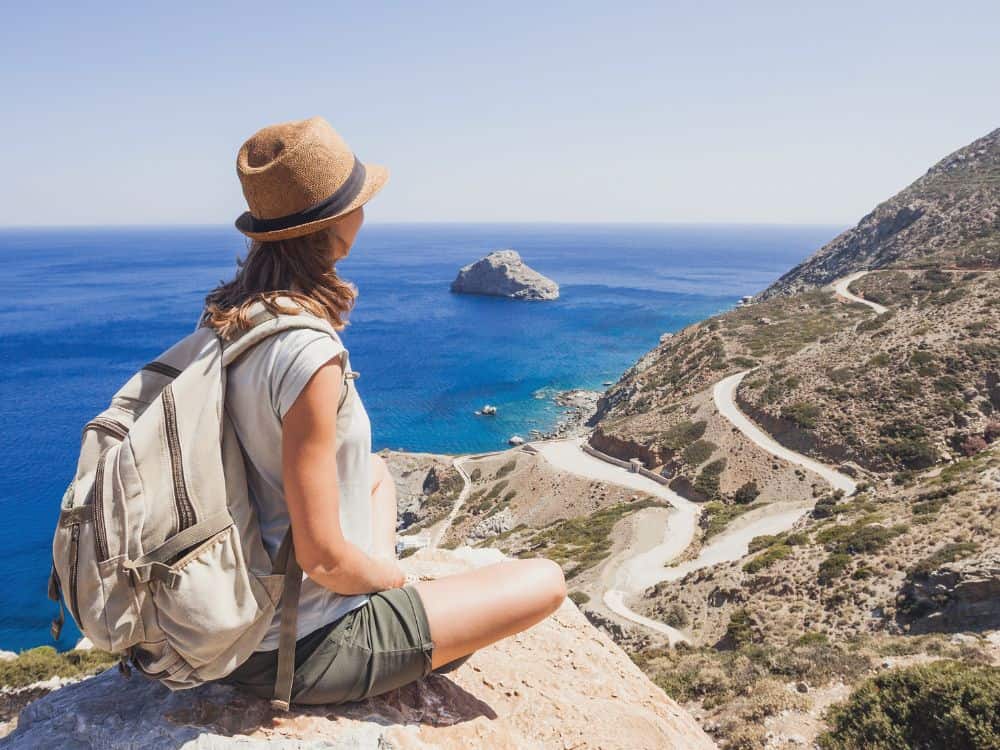
Nevermind the marketing greenwash guff, we truly want influential forces of positive change.
Regenerative tourism has rapidly expanded the last few years amidst global warming, climate change concerns, and the impact of the pandemic. Its focus is sharpening thanks to governments and the tourism industry’s hotels, travel and tour agencies, consumer watch groups, and consumers themselves.
82% of Virtuoso travelers polled said the past few years made them want to travel more responsibly.
But according to Moonika, “The main challenges for regenerative travel currently are awareness and changing the existing mindsets and behaviors.”
To move the movement forward, travelers will need to keep pressuring the industry that greener, more restorative models of travel are what we’re after.
While regenerative traveling as the “norm” is a rosy thought, another current barrier to access is the price point. Beyond luxury travel, it also must scale to backpacker travel, cruises, and more, with the impact of air travel likewise being addressed.
But regenerative tourism doesn’t have to cost more. Many community and environmentally friendly business practices actually save money, attract new customers, and gain access to government subsidies.
Eco-tourism companies and programs like Intrepid, G Adventures, WWOOFing, and Workaway currently provide community-based travel and regenerative tourism at a lower price point.
The Future Of Regenerative Traveling
In spite of its bad rap, travel can be a force for good, peace, and poverty alleviation.
“Something has to change,” says Moonika. “We want an industry that prioritizes environmental preservation, community empowerment, and cultural enrichment. Then travel becomes a catalyst for positive change, benefiting both destinations and travelers alike.“
And how you travel is a vote of your principles. Which seems to be shifting en masse.
When the NYT first reported on the regenerative traveling trend in August 2020, just 20 travel groups had pledged to support the principles of the Future of Tourism Coalition.
Now, over 600 organizations have signed on, and the coalition had its first in-person summit.
It’s a paradigm shift where regenerative tours are no longer a fringe sector of intrepid wilderness and adventure travel, but rather an overdue shift toward more equitable and responsible excursions.
This shift couldn’t be more eagerly awaited, with the tourism industry generating some $8 trillion globally, local communities still receive hardly a fraction.
6. How To Travel Regeneratively

Even the smallest-seeming actions can accrue a hugely positive impact.
Love safaris?
Get involved in helping science researchers instead of plowing through grasslands in Jeeps.
Are you scuba certified? How about coral restoration or trash diving?
If you’re an outdoor enthusiast, help with trail maintenance or native species restoration in gorgeous getaway locations, and always incorporate the Leave No Trace principles on your next eco camping trip.
Offset carbon through Sustainable Travel International.
Before you go, research things like recycling and waste infrastructure, water use and shortages, and sensitivity to fragile natural ecosystems.
Choose responsible businesses, travel slower and for longer, and spend your money on locally owned or produced authentic experiences.
While the onus is first on the travel industry to educate and inspire people about how and why they should travel in a regenerative manner, what can we as individuals do to shift the paradigm?
Ask questions. Do research. Do your very best to ensure that tours, accommodations, and travel providers demonstrate how they contribute to the environment and local community to fuel regeneration.
Helpful Questions to Ask Before Booking
- How was the hotel built? How does it operate? Are there environmental policies in place?
- How are staff treated, paid, and supported?
- How is the surrounding environment protected and regenerated?
- How does the hotel support the neighboring community?
- Are visitors presented with green choices like kayaks or eco-friendly bikes?
- What is the measure of success? Community and natural environment, or only fiscal success?
Did you know we Have a Newsletter?
We cover the latest in sustainable living, fashion, zero waste, beauty, travel, finance and more…
Final Thoughts On Regenerative Tourism
We’ve never needed a vacation more, and yet we’ve never needed stronger social and climate action.
The pressing question is how to balance the two. Jet-setting is rightly seen as uncouth, but canceling tourism is likewise barbaric, given how many global communities rely on it—not to mention no fun.
The answer then lies in the evolution beyond sustainable tourism.
We realize this isn’t a small jaunt—the journey to widespread regenerative travel is one of the most crucial votes for our increasingly equitable collective principles.
On a broad scale, we have faith we’ll see regenerative tourism destinations flourish greatly. It’s a noble and vital quest.
Pin these:
